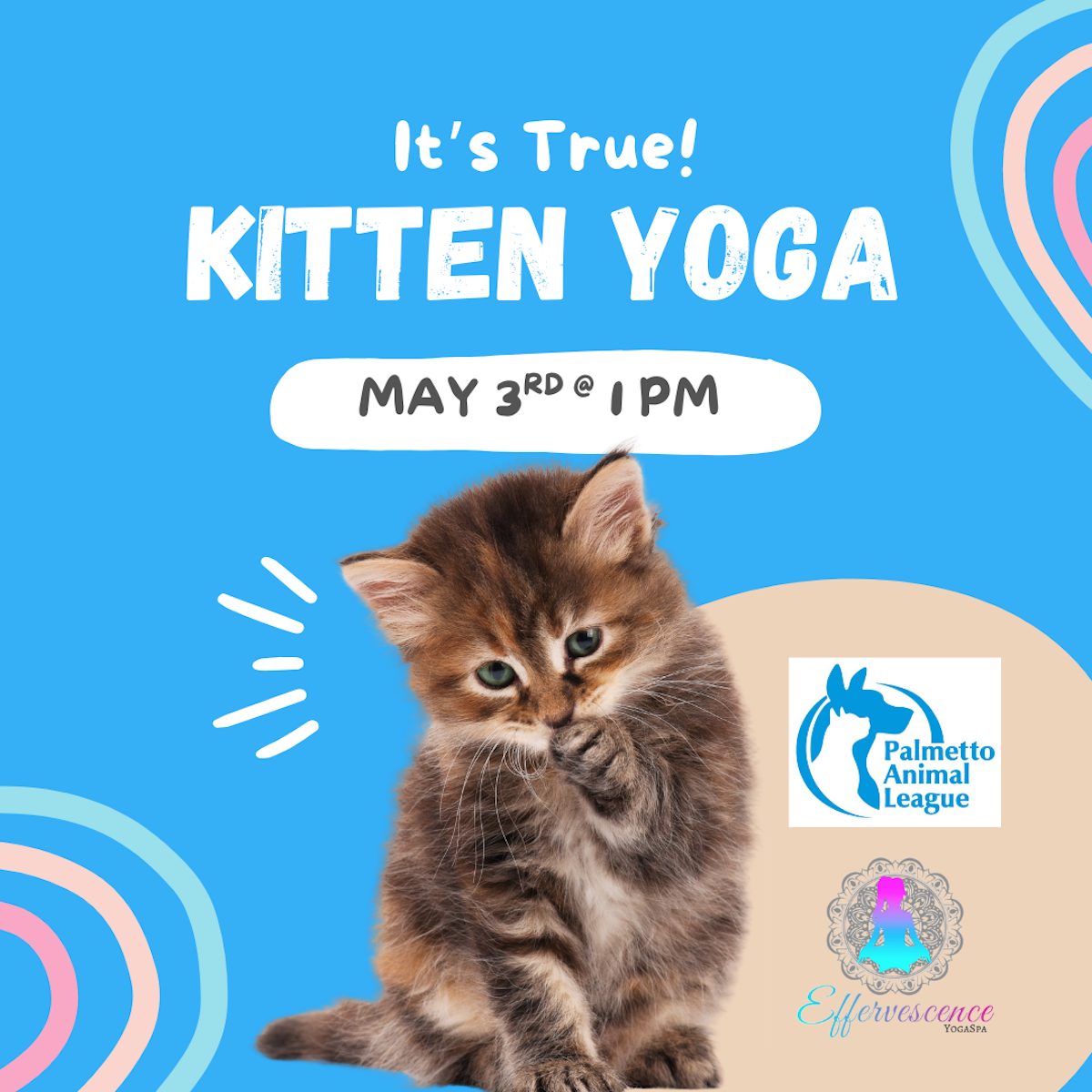By Tracie Korol
When early wolf-derivatives first joined us around the fire way back in the Way Back, they were eating the same foods we were, and vice versa. But as we moved indoors and our methods of consumption became more evolved, so did that of our dogs.
During the Middle Ages both man and dog ate via “trencher feeding”. As only the very rich had table service and cutlery, common man would eat his meals from a trencher. A trencher was a long flat loaf of bread. When finished with a meal, he would toss the trencher and any remaining bones to the dogs. Not a bad deal.
Dogs generally ate whatever food was available in their environment. For farm dogs, this could include raw meat scraps from the butcherings, raw milk, eggs and food found scavenging. City dogs probably depended on scraps from the owners’ table, vermin, and offal and cheap cuts of raw meat from the butcher. Only those dogs owned by the very rich or royalty had meals specially prepared for them, with great attention to the quality and addition of seasonings to the diet.
The first processed dog food was the brainchild of an Ohio electrician named James Spratt. In 1860, while in London selling his lightning rods, Mr. Spratt noticed a pack of stray dogs swarming the London docks eating the discarded, moldy hard tack thrown off the ships by sailors. Spratt went home and concocted a biscuit of wheat, beetroot, vegetables and beef blood. The name of this new product was called Spratt’s Patent Meat Fibrine Dog Cakes. (Fibrine?) His biscuits came in a tin decorated with pictures of terriers, and sported the legend “My Faithful Friend’s Own Biscuit Box”, the first pet food marketing effort.
In 1907, F.H. Bennett introduced “Milk Bone” dog biscuits as a “complete food”. Mr. Spratt’s Patent Fibrine Dog Cakes and Milk Bone biscuits remained the big guns in the dog food game until the 1920’s. As automobile power soon replaced horsepower, sad for the horses, Ken-L-Ration introduced canned horsemeat as dog food. World War I cramped Ken-L-Ration’s canned horsemeat business, not because horses were needed on the battlefield, but because of the shortage of tin for the cans.
Dry food was introduced in 1946. In the post-war boom, mill operators and grain dealers found a good source for their by-products in the dog food industry. Slaughterhouses found they were able to sell non-human grade, diseased meats, unusable parts, and meat by-products to pet food manufacturers. This created a market for products that previously been garbage. Since many of these meat sources were non-human grade, the practice became common to mix these with the grains and cook them together for many hours or days to kill bacteria and disease. The final mix was then formed into pellets that were easily bagged for convenience of feeding.
In 1957 Purina perfected the extrusion method of manufacture. The extrusion process combined and cooked the ingredients together in a liquid form, and then mechanically pushed it through an extruder that expanded the piece of dog food with air, and then baked them again. These dog food pieces were much larger and lighter than the pellets, giving an appearance of “more for your money.” Most of us have little memory of dog food before Purina Dog “Chow”.
An active campaign was developed in 1964 through the “Pet Food Institute,” the self-serving organization representing pet food manufacturers, to inform the public of the dangers of table food scraps, and the importance of feeding processed dog food. This was accomplished through press releases to 1,000 newspapers, articles in 16 magazines, including Redbook and Good Housekeeping and airing this information on 91 radio stations.
Continuing marketing strategies included using celebrities in television commercials, making dog foods that produced their own ‘gravy’, making dog kibble into various shapes, and using dyes in the dog food so it would look ‘natural’ and pleasing to a dog owner’s eyes. Pet food ads were appearing regularly in the media and designs were developed more to attract the owner’s idea of a tasty and visually attractive meal than for the dogs’ health. Pet food sales moved from the feed stores to the grocery stores, with bright labels and appealing pictures. The marketing strategies were paying off, and soon pet food sales were surpassing the amount of money spent on baby food. Interestingly, at the same time, on the human food front, colorful and sugary cereals for children were also making inroads.
Next time: From then ‘til now.
BowWOW! Is a production of Tracie Korol and wholeDog. Tracie is a holistic behavior coach, a canine massage therapist (CCMT), herbalist, and canine homeopath. Want more information? Have a question? Send a note to Tracie at letstalk@wholedog.biz or visit www.wholedog.biz.






